"Fitness" vs. "Performance" - Which Workout Should I Do?
(*Note: A version of this post originally appeared on this blog in August 2015; it has been updated to reflect our evolution since that time.)
As most of you know, we at Full Range put a lot of care into the structure of the programs that we provide for our members. We do not randomly pull workouts from a hopper, nor do we ever provide a workout prescription without a clear intention behind what we are doing.
We earnestly believe in the value of providing as individualized of an approach to exercise as possible, while also maintaining the benefits of training in a fun and supportive group environment. The best example of this can be seen in how we split our program to represent the two main goals of clients that we have in our group classes: “Fitness,” and “Performance."
“Fitness,” as the name implies, is designed to develop foundational strength and fitness, with a focus on structural balance and movement quality. This does not mean that these workouts lack intensity (they can be extremely taxing when done correctly), but rather that we are not making any assumptions about someone’s current level of ability when we design this program. Loads used for weighted movements are all dictated by feel and tempo, not a percentage of a 1-rep maximum, since these numbers can be misleading in those that do not have a robust training background (See our post "The Trouble with Percentages in Weight Training" for more on this). Other, “big picture” goals of this group include: fat loss (while gaining lean muscle), enhanced energy, enhanced immune function, better sleep, more mental acuity, better blood sugar regulation, and making what was once "impossible," totally doable.
Our “Performance” programming is for those that are trying to take their training to the “next level,” so to speak. These workouts have a higher level of intensity and complexity, and are designed for people with a decent background in functional movement, as well as a solid foundation of strength and conditioning. Here, the priorities shift from learning movement patterns to refining them. This program is best for those that have passed the “beginner” phase in their training, and need to take a periodized approach to their strength work. Olympic Lifting, plyometrics, and gymnastic skills are all featured prominently in this program. We can also make a couple of reasonable assumptions about those following this program when we design it: 1) that the client is at an acceptable level of health, and that their body composition is not their number one priority (though still can be important) and 2) that they have a desire to maximize their fitness as measured by work capacity across broad time and modal domains (ie. they want to be better at “CrossFit” as a sport, hobby, or whatever you may call it).
The beauty of this segmentation lies in the fact that we can effectively prescribe exercise for a large, varied group of individuals, without leaving anyone behind, or wasting anyone’s precious time in the gym. Some people are quick to think that, if they want to get better more quickly, they should move straight in to the "Performance" track. This, however, is not the way that things work. Anything that we endeavor to get good at, whether it's playing an instrument, or learning a language, or a myriad other things, must ALWAYS start from the foundations. And, while everyone progresses at their own rate, we find that, invariably, the people that take the time to master the basics make much more progress, and more consistent progress, than those that try to move to more advanced movements, and higher speeds, too early on in their training.
Our goal is to help every single one of our members improve their health and fitness in a sustainable way. Our "Fitness" and "Performance" programs run parallel to one another, so that folks have the option to move between the two on a daily basis, dependent on what is most beneficial or appropriate for them. Always consult your coaches if you are unsure on what to do on a given day. If you have any questions at all about how best to approach our programming in a broader sense (which group is right for you, whether or not you need specific accessory work, etc.), please send me an e-mail (adam@fullrangecrossfit.com), and I’ll be more than happy to help you.

